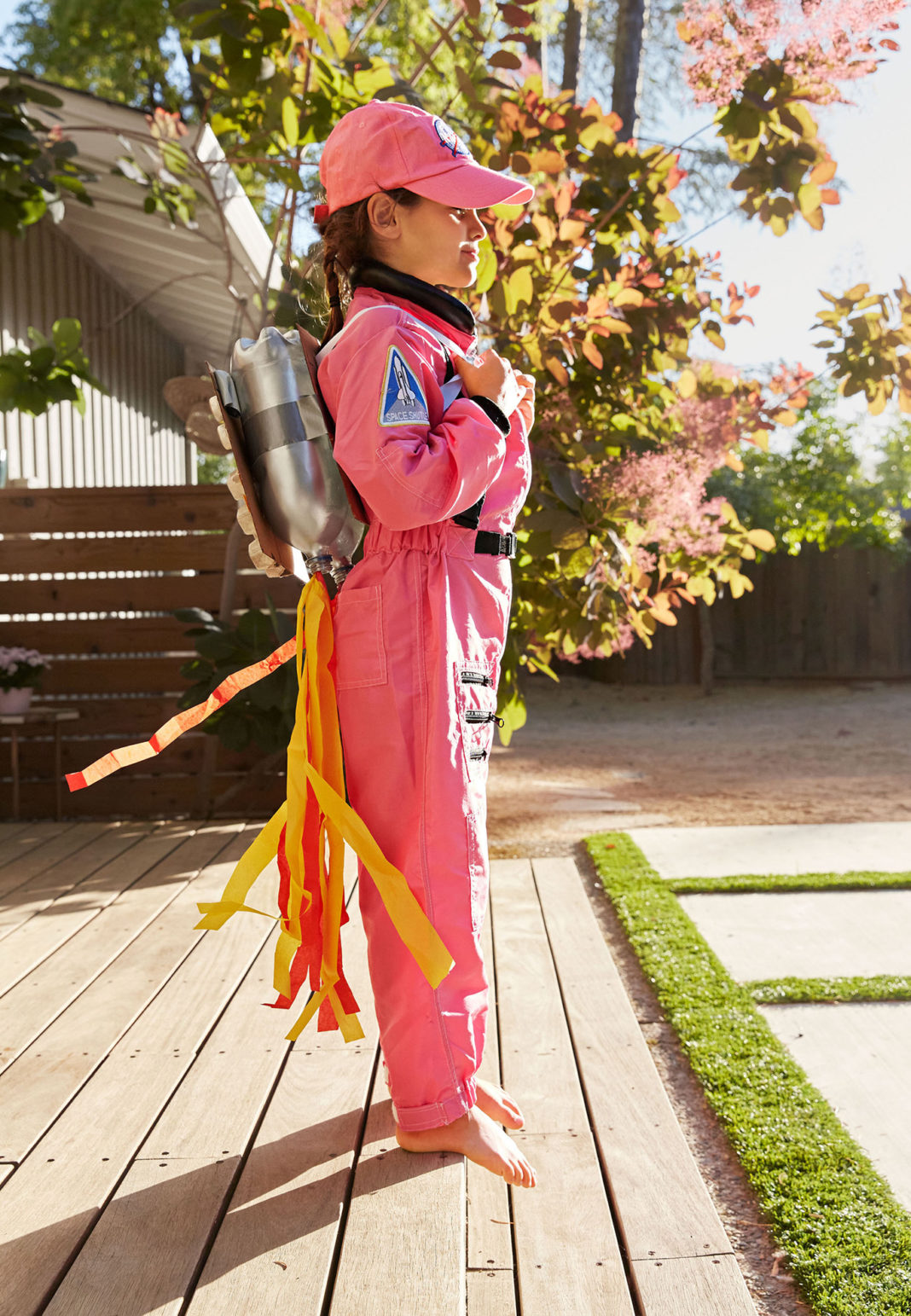Whether your kids are astronaut wannabes or nebula newbies, the sky offers a stellar excuse to geek out as a family. "No matter where you live, you can head out to your yard or a park and do some simple space-related activities with your kids," says Derrick Pitts, chief astronomer and director of the Fels Planetarium at The Franklin Institute, in Philadelphia. "Space exploration may seem complicated, but you can introduce kids to concepts that they can grasp from a young age."
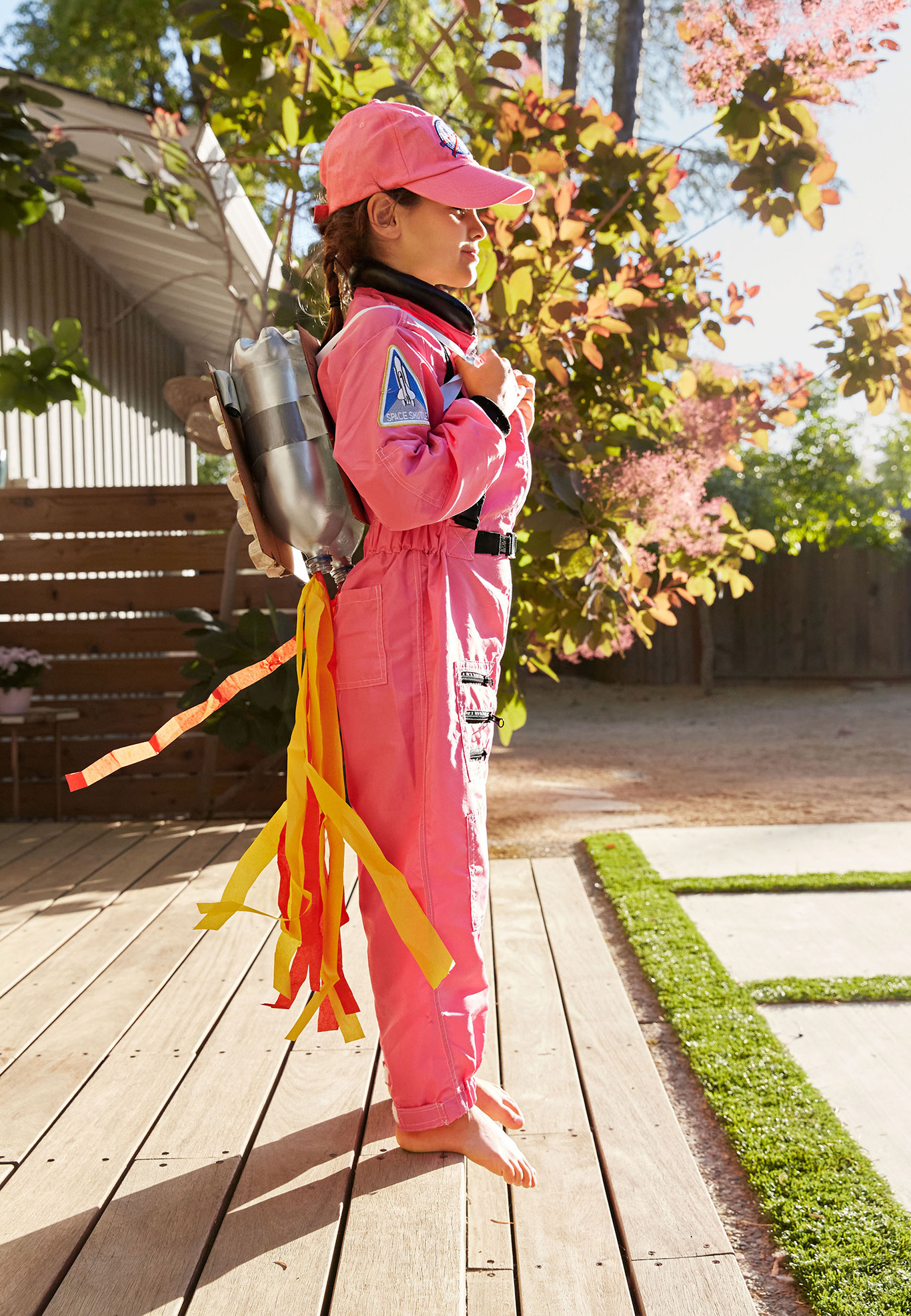
Not only does stargazing empower kids with amazing facts about the galaxy, but it may also spark a curiosity that lingers past bedtime. "It's something they can pursue all summer long—and for the rest of their lives," Pitts says.
Here's everything you need for planning a day, a night, or even a whole weekend that will rock their universe.
Set the Atmosphere
Transform your backyard into your very own planetarium.
Get comfy
For a cozy stargazing setup, pile soft blankets, cushy sleeping bags, and fluffy pillows inside an empty (and dry) inflatable baby pool on the lawn. Kids will love cuddling while looking up, and you'll avoid letting any dampness from the ground seep through. (No pool? Grab a picnic blanket with a waterproof backing and lay it on the lawn instead.)

Pack out-of-this-world food
Stave off after-dinner hangries with galactic-inspired snacks—say, crescent pizza rolls, Moon Pie treats, Milky Way or Mars candy bars, or apples or cheese sliced like phases of the moon.
Work the outfits
Have kids dress up for the night with fluorescent necklaces, or put space-themed stickers on their clothes. You can also get crafty earlier in the day and decorate white T-shirts with glow-in-the-dark fabric paint (try Tulip Glow in the Dark Dimensional Fabric Paint).
Give them cool equipment
Using a flashlight with a red filter will help eyes adjust to nighttime viewing, says Andrea Jones, the public engagement lead at NASA's Goddard Space Flight Center. You can buy one online or hack your own by taking a regular flashlight and wrapping the light with red cellophane and securing it with a rubber band, Jones says.
Crank some space jams
For a cinematic mood, play a cosmic sound track. Get the party started with:
Astronomy Cheat Sheets
Kids ask (many, many) questions. We've got your answers.
Is the moon a planet?
Nope. Planets orbit the sun. The moon, a big ball of rock, actually orbits Earth. And FYI—because they'll probably ask—the sun isn't a planet, either. It's a star, made up mostly of hydrogen and helium.
Is that a planet in the sky, or is it a star?
To the naked eye, planets look a lot like stars. How to distinguish one from the other: Stars twinkle; planets don't.
What’s the Milky Way?
We're in it! All of the skies we can see are part of the Milky Way, a giant, dusty band of stars that gets its name from a Greek myth about the goddess Hera, who is said to have sprayed milk across the sky.
How long does it take to get to Mars?
A spacecraft takes anywhere between 6 and 11 months to travel the 203 million miles to the red planet. Which doesn't seem so long when compared with other space odysseys, like the 12-year-long trip from Earth to Neptune.
Can you breathe in space?
Yes—if you have a space suit! Space acts as a vacuum that pulls air out of the lungs. Astronauts don special suits that are pumped with oxygen, like the tank a scuba diver uses to breathe underwater.
How many stars are there?
Experts estimate that there are as many stars in the sky as there are grains of sand on Earth. On any given night, you may be able to spot some 5,000 stars without a telescope. If you don't want to count, just take astronomers' word for it.
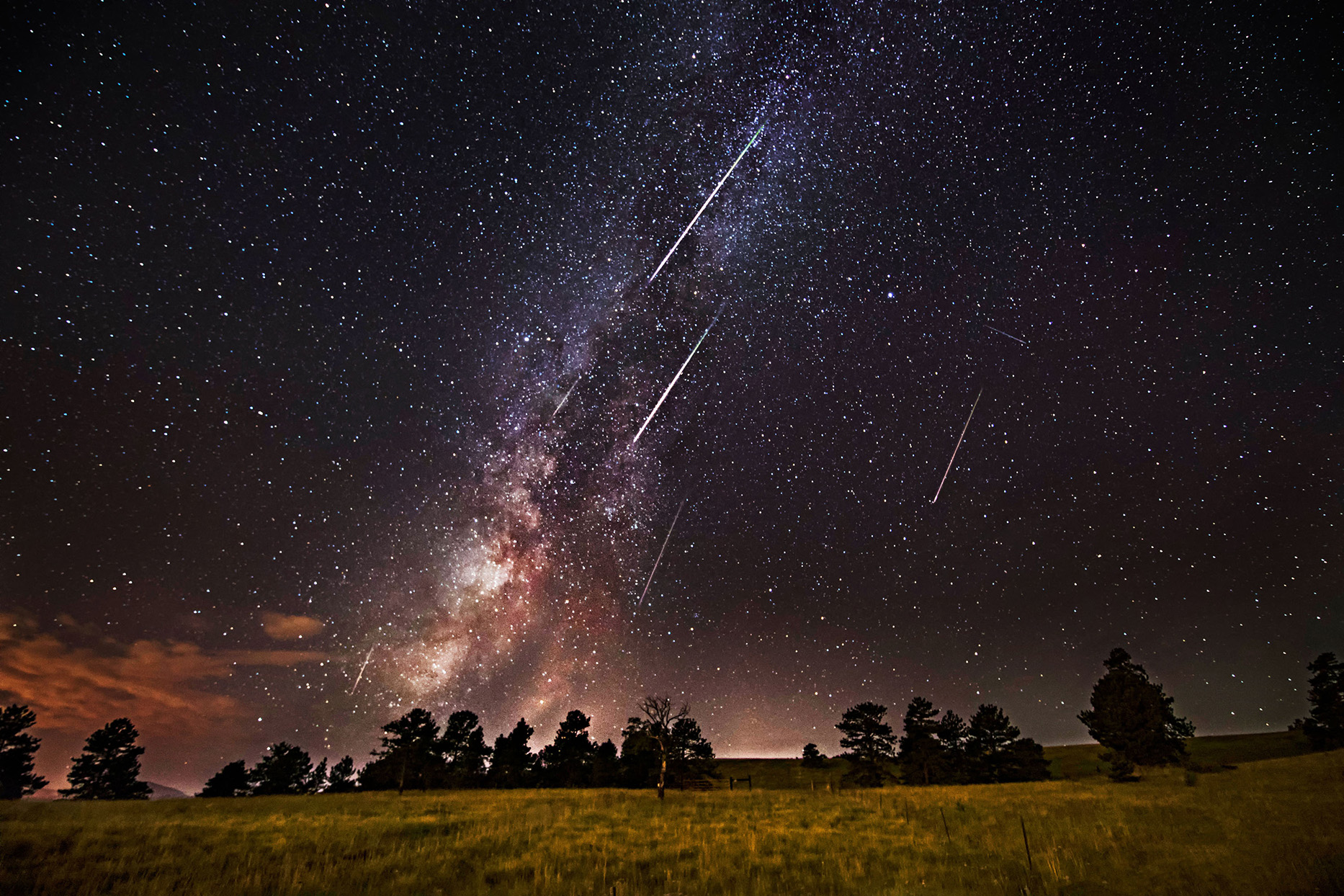
Mark Your Calendars
There are dates in 2021 when the night show will be extra dazzling. The farther you live from an urban area and light pollution, the clearer the sky will be, Pitts says, but you should still be able to see the brightest stars even if you're smack-dab in a city center.
The perseid meteor shower
July 17 to August 24
Head out after dusk to witness meteors streaking across the sky at speeds of around 133,000 miles per hour. You can peep anytime during this window, but August 12 will be the peak night.
Saturn
Starting August 2
The second-largest planet will be super-easy to spot in the southeastern sky just after sunset, thanks in part to its closer positioning to Earth this month. It will look like a bright white-yellow star to the unaided eye, but a telescope will give you an even more intimate glimpse of Saturn's rings and moons.
A new moon
Starting August 8
That actually means it's sandwiched between the sun and Earth. While you won't be able to see the moon, the darker night sky will allow a clearer view of distant star clusters, meteors, and satellites.
Jupiter
Starting August 19
It's the giant planet's time to shine. A pair of binoculars should reveal Jupiter and its four largest moons, which look like white polka dots around it.
A blue moon
Starting August 22
This actually refers to a full moon that occurs twice within one calendar month—an event that happens about every 2.7 years or, well, once in a blue moon. Word to the wise: The moon isn't blue in color but will loom large as it rises up from the horizon.
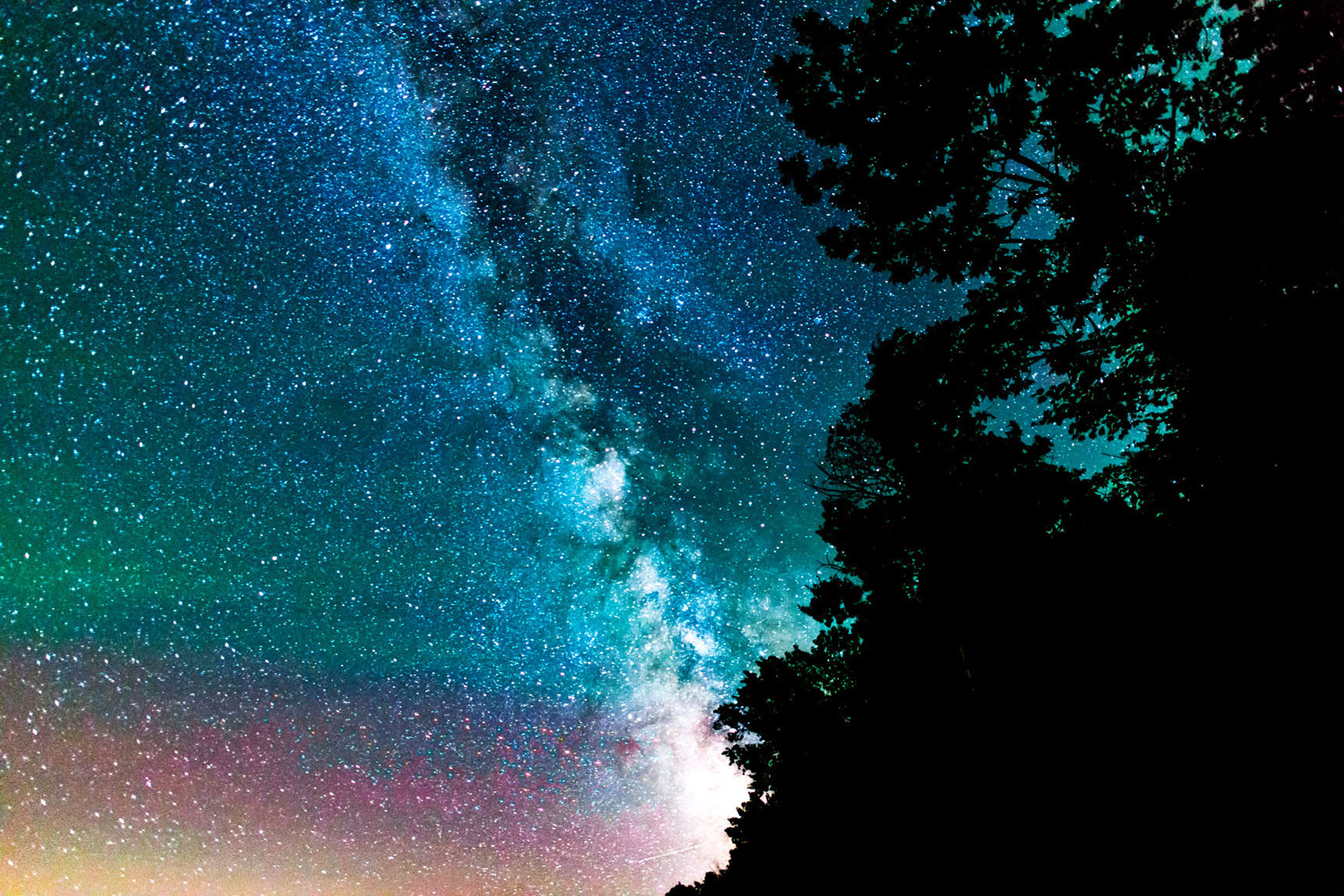
Stargazing for Beginners
Here are a few activities simple enough for non-astronomers (and kids with wandering attention spans).
Connect the dots
Even on the clearest nights, it can be tough for stargazers of any age to spot constellations. Instead of having your child look for, say, Ursa Major, seek out simpler shapes. "There are groupings of stars called asterisms, which can be easier to find than constellations," Jones says. One of her favorites: the Summer Triangle, which is visible all season and includes three bright stars—Vega, Deneb, and Altair. The Teapot is another easy-to-point-out asterism and best viewed from July to September. "If you look closely, it appears as though the Milky Way is spurting out of the Teapot's spout," Jones says. "Kids love that."
Create your own constellations
Another way to help your kids see more in the sky? Have them come up with their very own constellations. "Kids can point out different stars and 'call out' shapes like a crown or the letters in their names, anything that sparks their imagination," Jones suggests. "It's a great way to get kids to recognize patterns and be creative."
Hunt for colors
Cool fact: Stars aren't just twinkly white—they also come in red, blue, orange, and yellow. "As kids are staring up at the sky, have them search for different colors," Jones says. (You should be able to see hints of blue or orange in the brightest stars with the naked eye and even better with binoculars.) Explain that blue stars are the hottest, orange stars are warm, and red stars are the coolest. "You can sneak in science as they're oohing and aahing over the pretty colors," Jones adds.
Track the moon
For an ongoing project, have kids follow moon phases throughout the summer. "As the moon orbits Earth, we see different amounts of the moon illuminated by the sun, so the moon appears to change shape all month long," Jones says. "Tracking it helps us get to know our nearest neighbor." She suggests that kids create an observation journal and draw the moon's shape they see each day and log the time (after all, the moon is visible even in the daytime).
Space Play During the Day
If your kids aren't ready to stay up late—or if you just want to extend the fun the next day–give these activities a try.
Marshmallow constellations
Teach kids the shapes of Ursa Major and Cassiopeia at snacktime. Print out pictures of constellations, then have little hands re-create them using pretzel sticks and mini marshmallows.
Rocket fuel experiment
For the sake of safety (and cleanup!), do this trick—which shows how rockets take off—in an open area outdoors and wear goggles. Start by turning an empty 2-liter bottle upside down, then taping 4 pencils to it so the erasers rest on the ground, allowing the bottle to stand. Turn upright and add 1 cup white vinegar and 2 tablespoons baking soda, then quickly push in a wine cork. Flip bottle onto pencils—and step back. It should catch air before you can say, "Blast off!"
Foil moon art
Give kids a tangible understanding of the crater-pocked moon. Cut a circle out of foil about the size of a plate and ask kids to crinkle it. Smooth it out, and place a quarter underneath the foil, pressing around the coin's edges before removing it. Repeat, using a nickel, a penny, and a dime in different spots. Turn the foil over and you'll have a moon full of craters, which you can explain come from meteors crashing into it. Glue it onto black paper, and decorate it with stickers.
Tech Support
Try out some five-star apps and virtual experiences.
Star walk 2 app
"The sky is so huge that you need help directing your eye," says Emily Calandrelli, host of the Netflix series Emily's Wonder Lab. "What's going on in your area changes all the time, so this allows you to easily find planets and constellations just by pointing your device toward the sky." Available on iOS and Android
NASA’s kids’ club
This one-stop shop for all things space is good for kids kindergarten-age and up to gape at awesome pics and tap into at-home activities.
Satellite tracker app
When one of the thousands of satellites swings by your hood, this app sends you an alert. Available on iOS and Android
Storytime from space
Does it get cooler than videos of astronauts reading books about space while floating inside a spaceship?
All-Star Hits
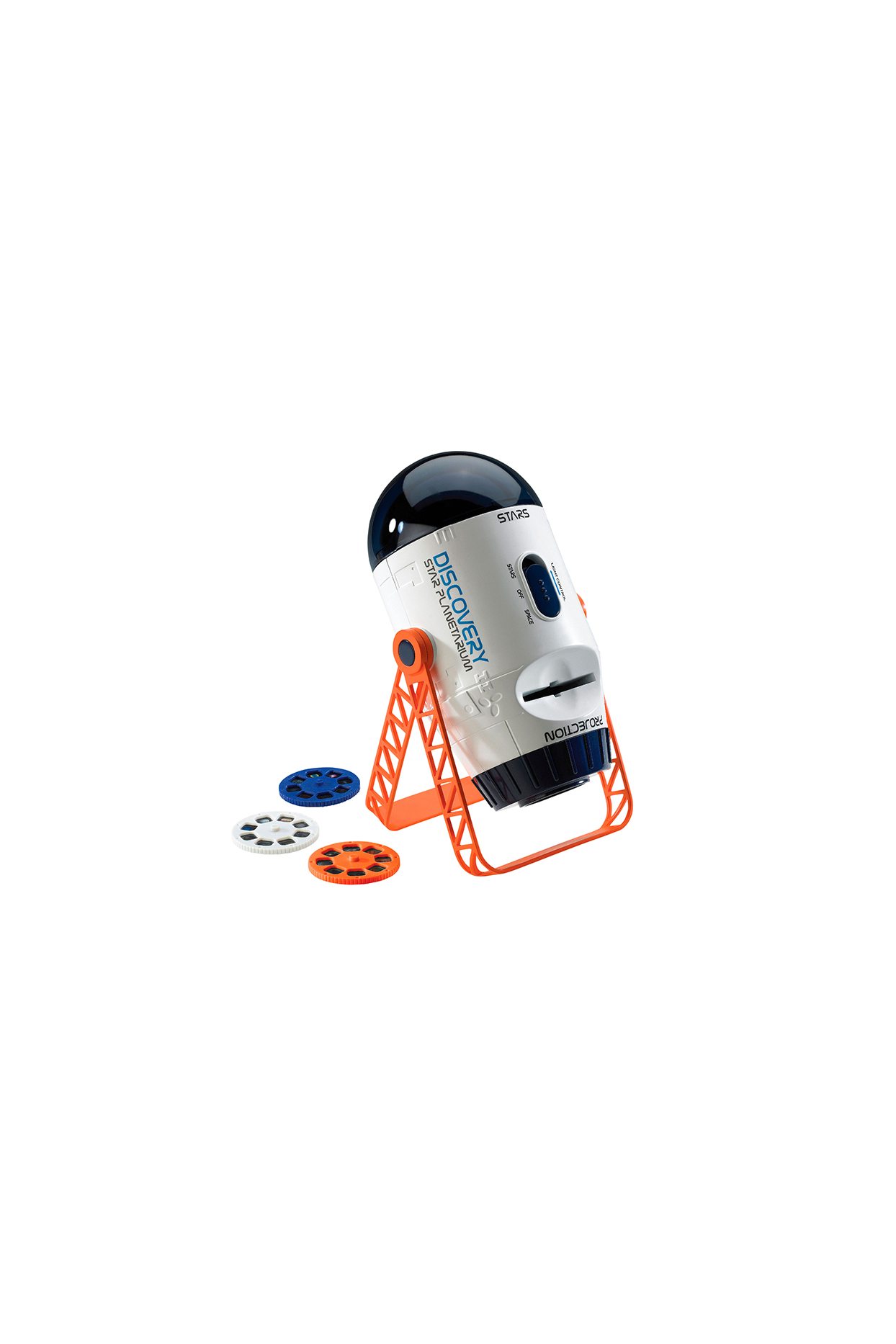
Twinkle, twinkle
Let kids check out cool constellations from their own bed by setting up the Discovery #MINDBLOWN Space and Planetarium Projector in their room. Ages 6
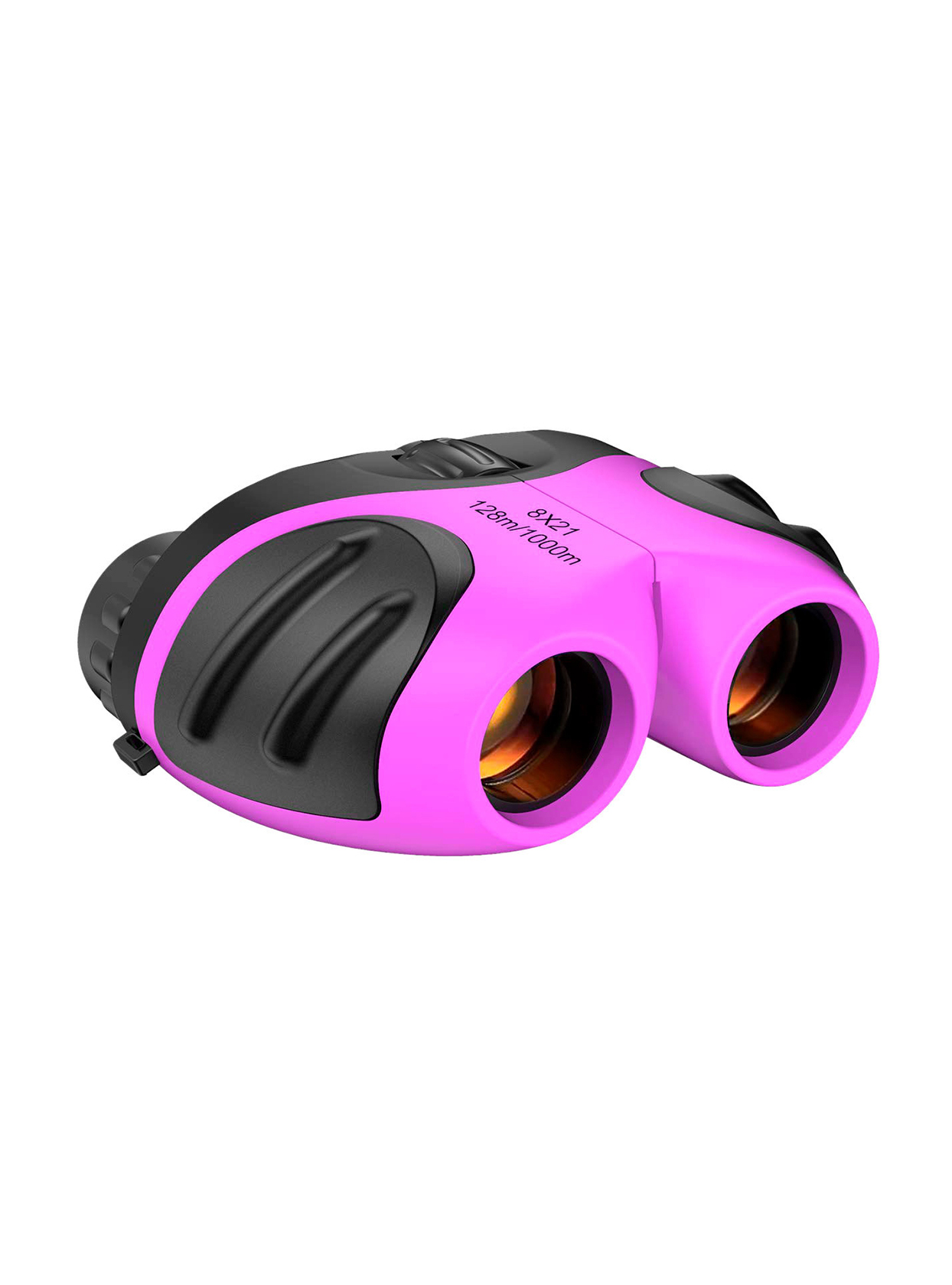
Zoom meeting
Binoculars can be a stepping-stone to a real-deal telescope. The Dreamingbox Compact Shock Proof Binoculars have 8x magnification that won't hurt tiny eyes but will provide a good view.
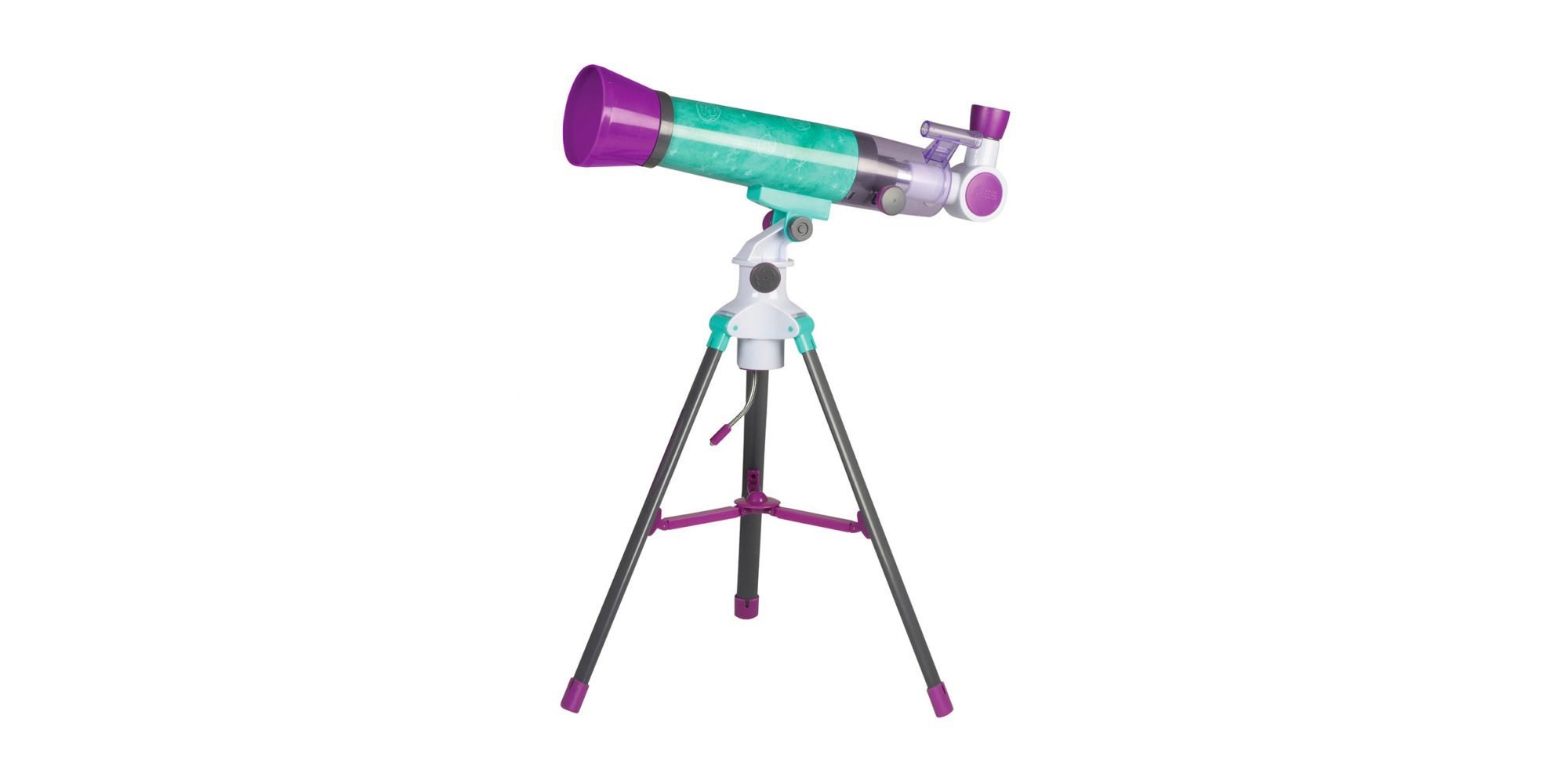
Eye in the sky
Break out Nancy B's Science Club MoonScope to get a detailed view of some lunar glory. The prealigned finder scope will make aiming and focusing the telescope easier. Ages 8
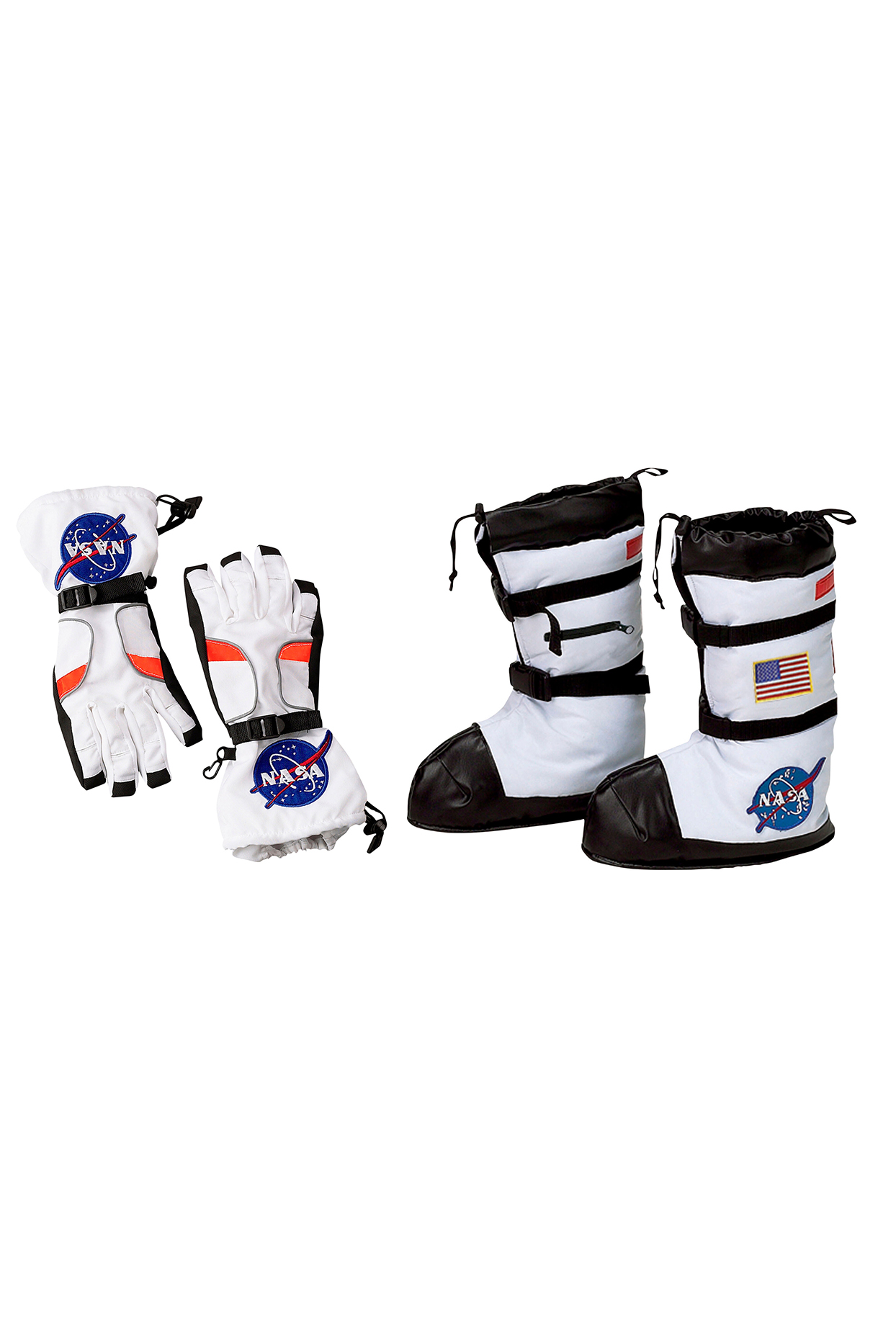
Universal Fashion
Kiddos can dress the part with the Aeromax Jr. Astronaut Gloves and Boots, designed with NASA patches that'll have little moonwalkers dreaming big.
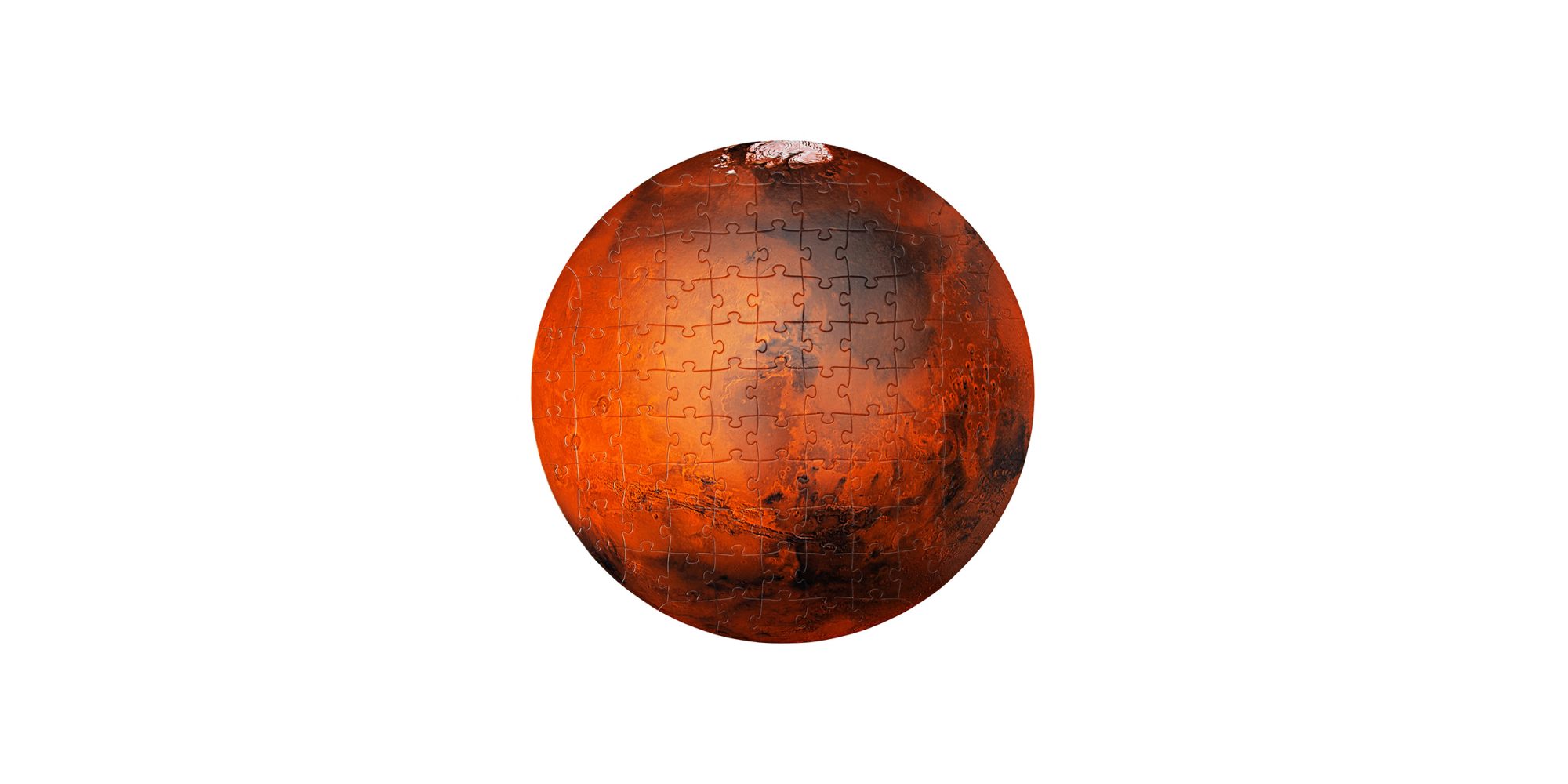
Mission to mars
While waiting for the night sky to illuminate, kids can stay busy with this 100-piece Mars Puzzle. It's oversize, so your mini Martians will really take in the red planet up close. Ages 6
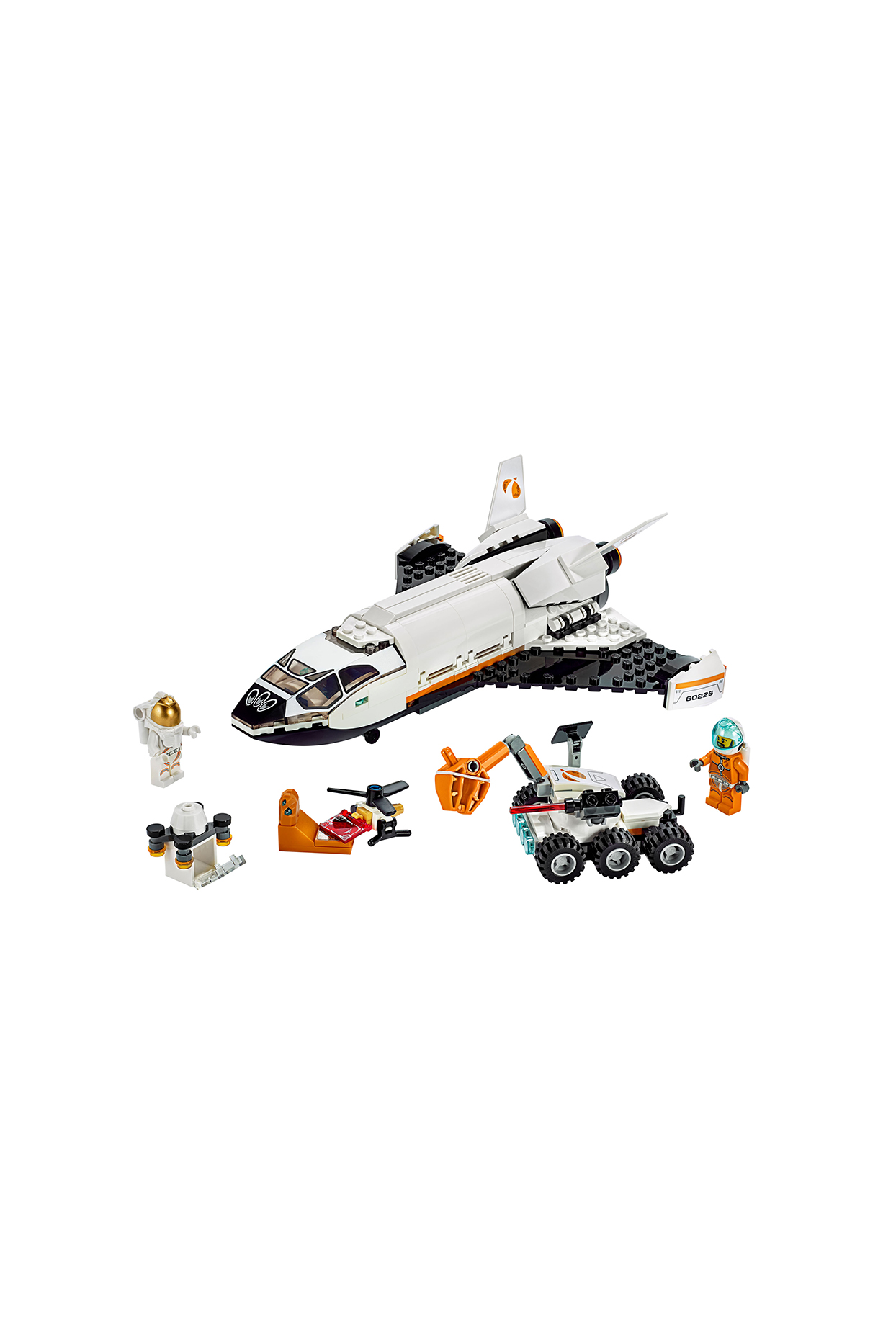
Rockin’ rocket
The LEGO City Mars Research Shuttle lets aspiring astronauts work on a NASA-inspired space shuttle, complete with a rover and a storage drone. Houston, we have an adventure. Ages 5
This article originally appeared in Parents magazine's August 2021 issue as "Galaxy Quest." Want more from the magazine? Sign up for a monthly print subscription here
Parents magazine


























